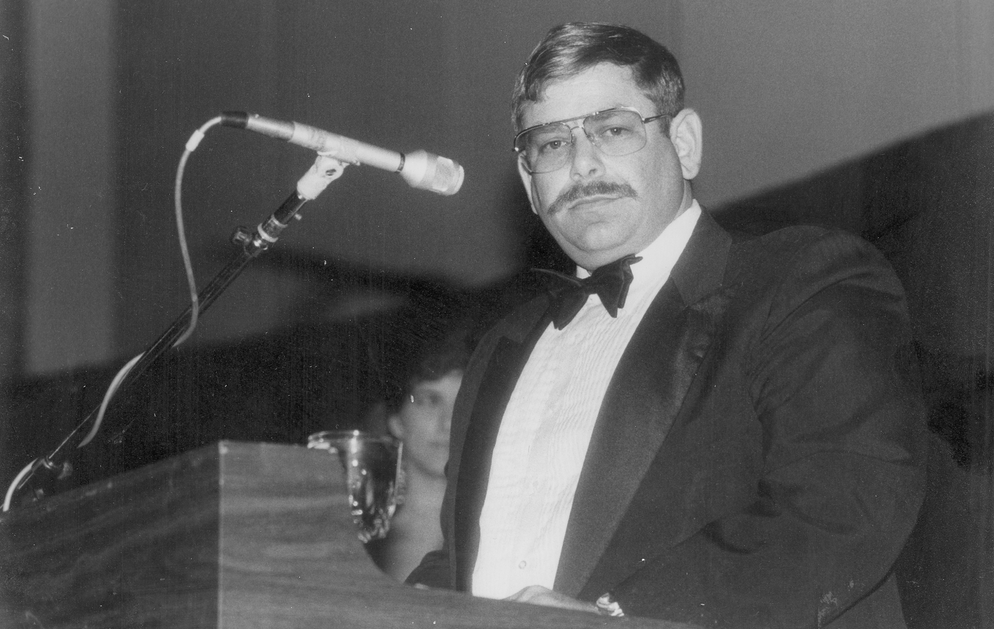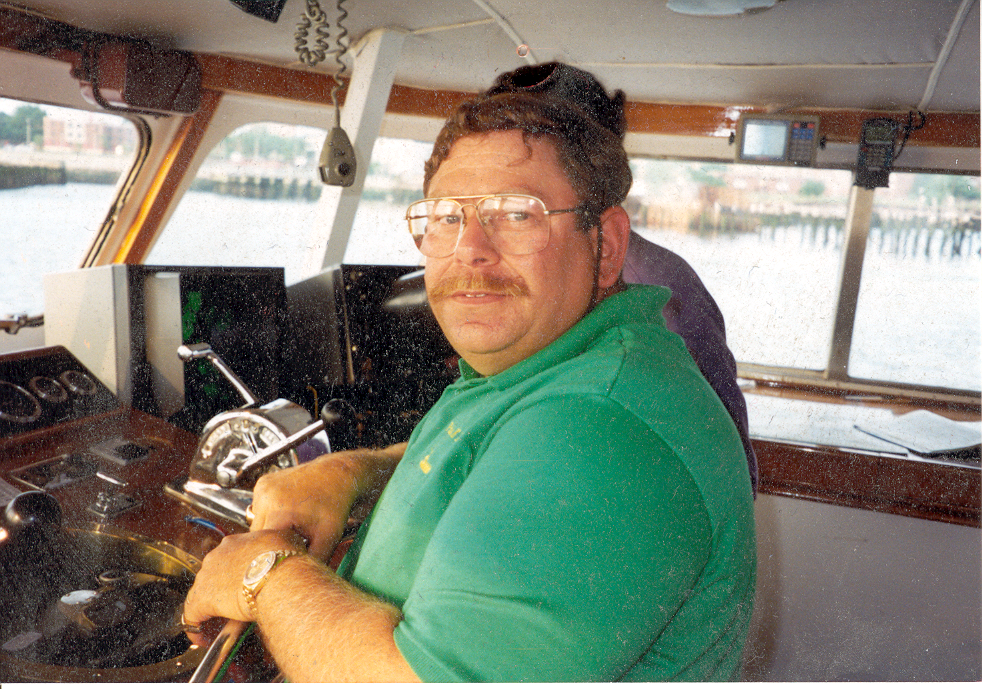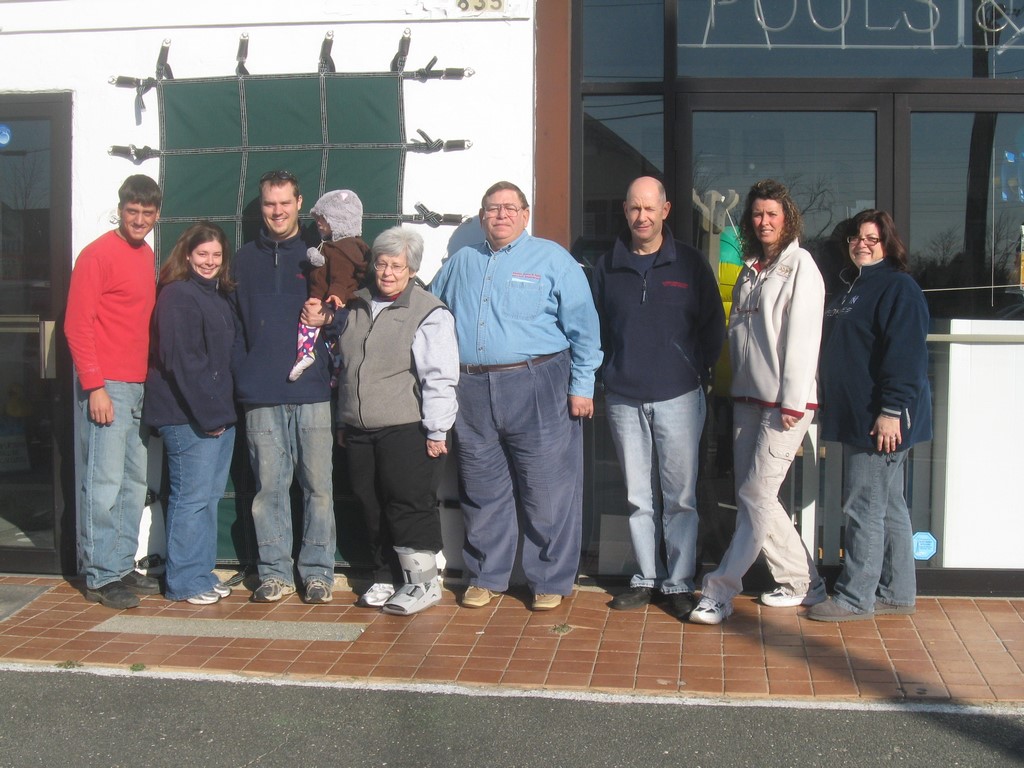Building the Atlantic City Show
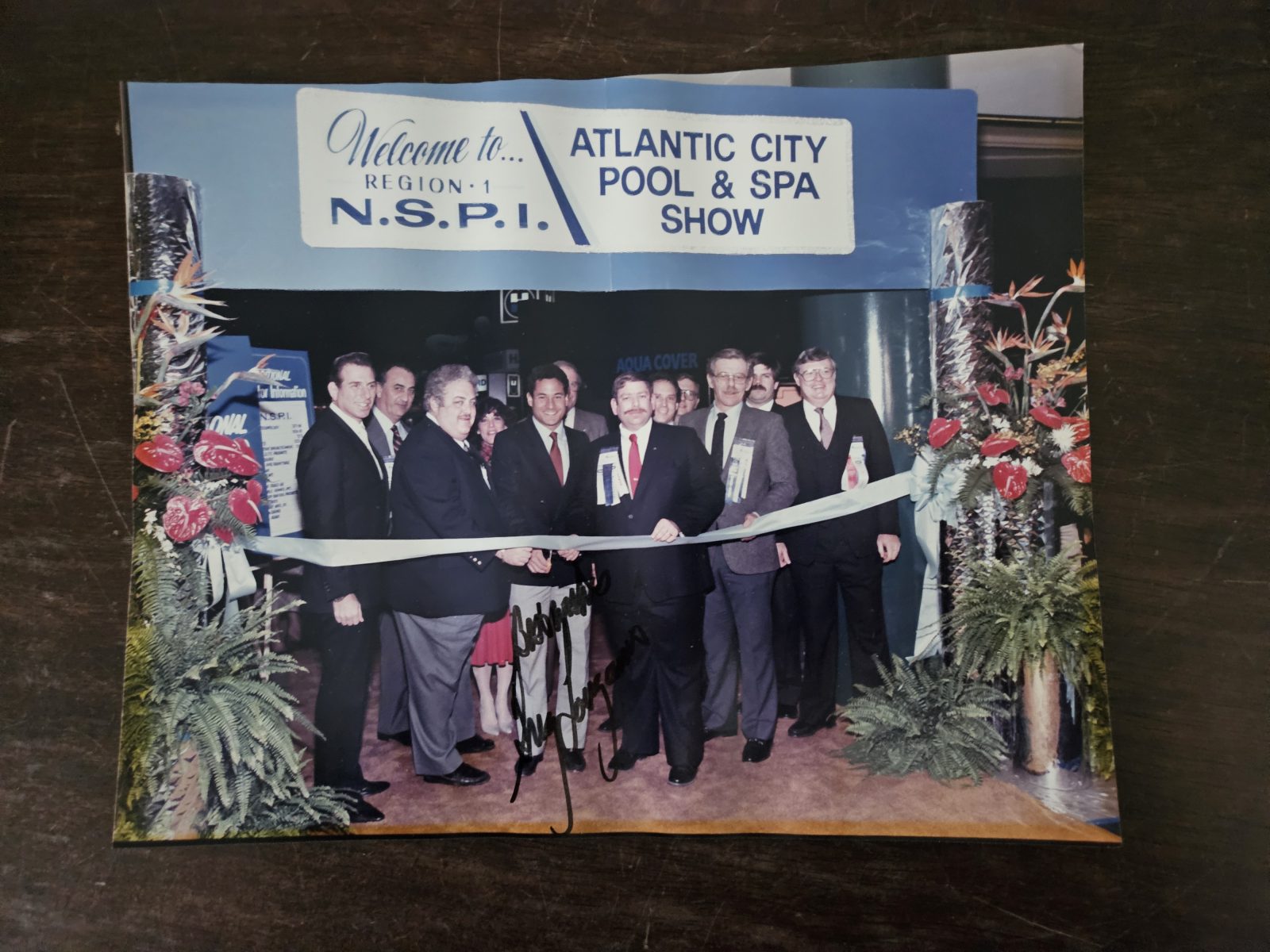
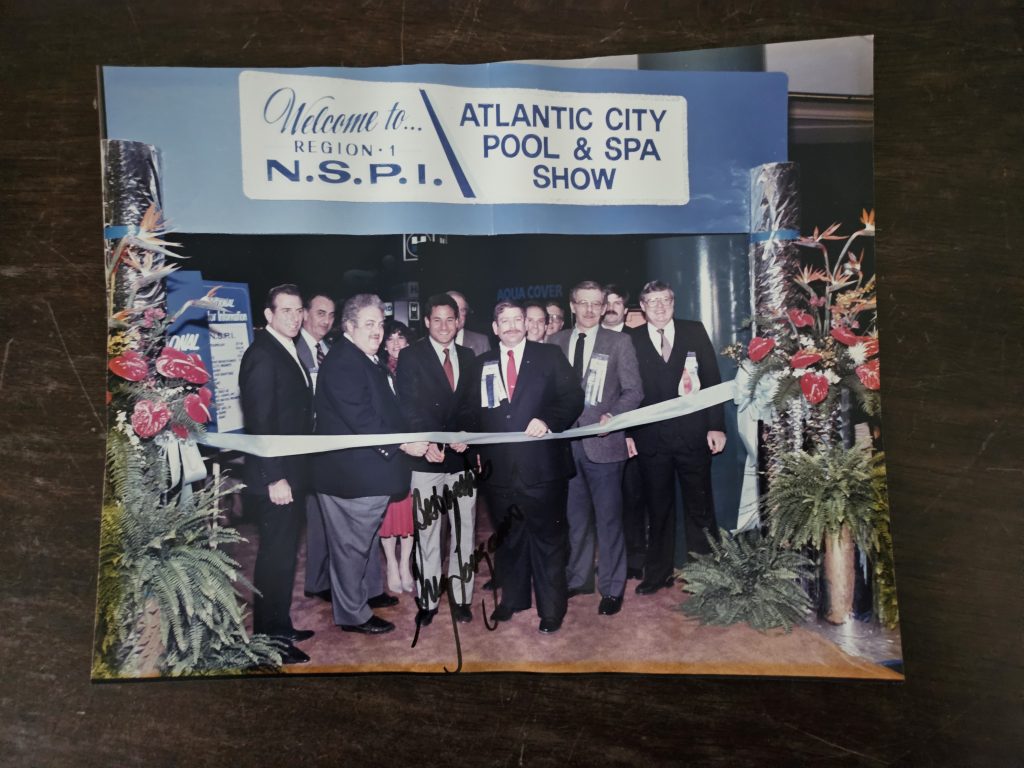
George Kazdin has worked in the pool and spa industry for more than 50 years, and is one of the industry’s most experienced business leaders. A New York City native and founder of Kazdin Pool & Spa on Long Island, Kazdin has marched from the trenches to the boardroom. He was also instrumental in founding The Pool & Spa Show in Atlantic City.
One of the enduring leaders in the Northeast Swimming Pool Association (NESPA), George Kazdin has served in numerous capacities at the chapter and board levels for the past five decades.
In his role with NESPA (originally known as Region 1 of the National Spa & Pool Institute), he was one of the original organizers of The Pool & Spa Show, the industry’s biggest and longest running regional trade show, held each year on the New Jersey shore in Atlantic City. This year’s event will mark the show’s 44th year as one of the pool and spa industry’s signature gatherings.
At 77, Kazdin is the lone surviving original show organizer. He remains an outspoken and passionate industry advocate with a reputation for straight talk and taking action. Editor, Eric Herman, talked to him about his long career, the early days of the show and some of the struggles he and his contemporaries faced along the way.
What was the business like in the early days of your career?
It was tough, you had to learn by doing. I started in 1972, working in pool service. I was a one-poler, as they say, a one-man band. That’s really not something that was common in New York at that time, but I serviced pools throughout the east end of Long Island on my own and ran all aspects of the business. I also worked for a pool-construction company, on and off, between some summers being a lifeguard and some summers being a pool guy.
In pool service, you see everybody’s mistake. It took a while, but I finally realized that I’m smart enough not to do that dumb stuff that I see every day.
What originally led you to the pool industry?
My background comes from a father who was an engineer of many different types. As the economy changed from the wartime 1940s through the 50s, 60s, 70s and 80s, he earned multiple degrees and had multiple jobs. He had a career as part of the Navy as a marine architect. He had a degree in HVAC, a structural engineering degree, and he was always into all of the building trades. I was always hanging around his job sites. All my knowledge I gained from him teaching me everything, all the time. He was very accomplished at what he did.
I was also always interested in the ocean, so I majored in marine science in college. My father was an avid fisherman and, later on, I taught my kids how to tag and release, to not take any fish that you’re really not going to eat. And there were times, we actually sold our fish. I had all the permits and licenses to sell because I could go offshore for two days and make $10,000 if, once in a blue moon, I hit it right. One year, my daughter Amy and I tagged and released more tuna fish than anybody in the Atlantic Ocean.
You might say, I worked to fish.
Have you always enjoyed being around the water?
Yes, definitely. When I was seven or eight, we had a summer house out here on eastern Long Island about a block off the beach, and I was never out of the water. I always had a snorkel on and a mask and a little hand spear to capture little blowfish and other stuff. Those are great memories.
I would say that my environmental bent and my knowledge of the oceans made me a better pool builder in this amazing natural environment we have here in the Hamptons. I’ve always fought to do everything as an environmental best practice, even when some of my customers would resist. We have high water tables, coastal zones and all sorts of restrictions, so you must be prepared if you’re going to build in this area.
How did The Pool & Spa Show get started?
I was part of a group that decided to put together a tabletop show at the Americana Hotel, which is in the middle of the theater district in New York City, just a couple blocks from where they drop the ball every year on New Year’s Eve.
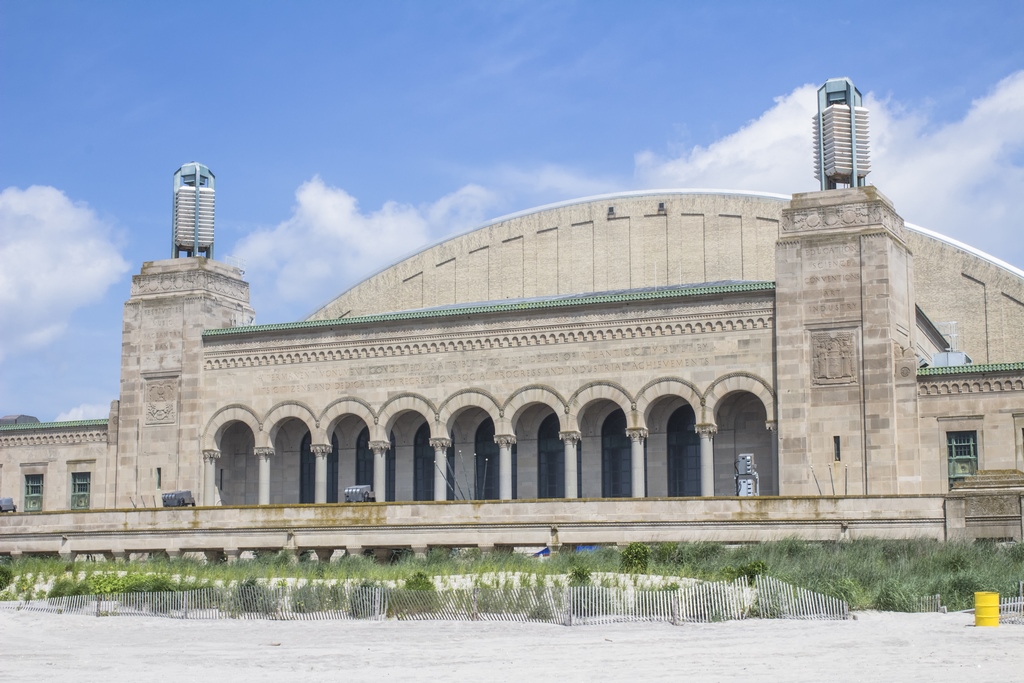
It was mostly a guy named Les Kowalsky who pushed the idea at first. He was one of us and the driving force in the early days of the show. Les was a guy with big ideas and wasn’t shy about sharing what he thought with anyone who would listen. He was very influential and served as Region 1 president, president of NSPI, and later chairman of the National Swimming Pool Foundation.
At the start, there weren’t too many factors, it was a simple event, just distributors and tabletops in a room. It came along with all the stories about everything else that the guys did that were wild, and we had a lot of fun. It went along for four or five years. At the same time, we were politically orienting ourselves. It was Region 1, which is the designation that NSPI gave for our geographic area.
We had a very opinionated board. And we would fight tooth and nail during board meetings about where we should go and what we should be doing. We all had our Robert’s Rules sheets out and did our best to defend our ground. But no matter how loud and negative those meetings were, we all went out to the bar and had a drink when it was over.
What led to the decision to move the show to Atlantic City?
It became very politicized on the board as we asked the question “where’s the show going to be?” New York was too expensive for a lot of exhibitors. Although it’s an incredibly attractive destination, no one would negotiate with us. So, we researched Hartford, Connecticut, we took a long look at Philadelphia, and a few other places. This went on for several months and somehow at the end, Atlantic City won.
The reason? It was the least expensive to operate in. Plus, at the time, Atlantic City was trying to evolve and attract convention and conference business. Our arrival was around the same time that they legalized gambling. So, they were hot to trot bringing events into the town. It was an exciting time to be there.
Why do you think it was successful?
Back in those days, most of us had no idea what we were doing and we all learned a lot about running shows out of necessity. One of the first things was coming to terms with the unions, which were in heated contract negotiations at the time. The contracts were set to renew right around the same time as the first show in Atlantic City. We agreed to pay them at the new negotiated rates retroactively, and we’d play by their rules.
They accepted that and loved us. It was still always pretty strict. If you put water in a pool on the show floor, that’s a plumber. You plug an extension cord in, that’s an electrician. So, the show was growing because a bunch of smart guys figured out how to do it, and the industry itself was growing. It was happening all at the right place and the right time.
More than anything, we could truly say it was our show because we all worked our asses off. Every chapter and everybody in the chapters volunteered. They were involved with the show, supported it, brought staff to it, and to this day it’s a member-driven event. Our staff grew with us and remain instrumental in our success.
Today, we have a once-a-year congress where all the committees meet for a couple of days and figure out what our plans are, what we want to change in government relations, education, licensing and certification, and long-range planning. We’re still a very member-driven show, and everybody in the region feels ownership. That culture is a big part of our show. And we always knew that we’ve got to make it as easy as possible for the exhibitors.
The show continued to evolve and then they built the convention center, so it was logical to move over there.
What lessons did you learn along the way?
Too many to make a list. I think what sealed our reputation is we had a Lloyds of London insurance policy, because at the point we were just under a million-dollar operation and we needed a policy that would ensure our financial viability.
That came into play when we had the snow event in 1983, where they shut down the city the first couple of days: no food in, no food out, nobody in, nobody out. It was a mess.
Not surprisingly, we had a poor show by our standards, but the exhibitors were happy with the amount of people that came under the circumstances. And a month or two later they all got partial refunds, and the region was able to garner some funds to bolster revenues. That’s what sealed our reputation for being for a exhibitors-oriented show.
We understood that this is the reason we bought insurance. We looked at it and said, okay, here’s how much we make from the show and here’s what it’s costing us to operate. That means we need X-number of dollars reserved to carry our association in the event we didn’t have a show in a given year. We created a rolling formula for every five years. And that is, to this day, the same formula that calculates our reserve funds.
Interestingly, this policy is what bridged the gap during the COVID pandemic.
During this time, we benefitted from the visionary leadership of Joel Caesar, the Region 1 executive director, and Mel Hoffer who was the Region 1 president and later became NSPI president. They knew that we had two groups of customers; all the people who attend the show, and the exhibitors. We became proficient at making at both groups happy. As an example, we were the first show in the industry to not run seminars during show hours.
Was education a big part of the show’s appeal?
Yes, of course, that was a major factor. We focused on establishing education and certifications throughout the region, more than any other part of the country, in an effort to increase the industry’s professionalism. Our industry has always had a lot of “run-through-woods” companies. Even though it’s improved, everyone has something to learn.
That’s something my dad taught me.
Describe your relationship with the national association.
Politically it was a tough environment. We actually created a search committee to find people that had the skillsets and were interested in participating more with the NSPI National Board. The idea was to gain more influence; and, we were fairly successful at it for a few years. The relationship with national was always competitive.
What are your thoughts about the future?
As far as the show goes, I’m very proud of what we’ve achieved over the years, and there’s every reason to believe it will continue on serving the industry as it has now for more than four decades.
On a personal level, I’m very proud that my daughter, Julie Kazdin, has followed my footsteps. She runs our business, and has served as president of NESPA. She is also vice president of operations for Watershape University. I’m amazed by what she has accomplished and feel very positive about her future, and the future of the industry.
Opening photo: Show organizers and Olympic diving champion Greg Louganis open the show in 1986. Front row, L-R, Les Kowalski, Marty Metz, Greg Louganis, George Kazdin, Mel Hoffer and Al Inglin.
Atlantic City Convention Center photo by CE Photography | Shutterstock.










